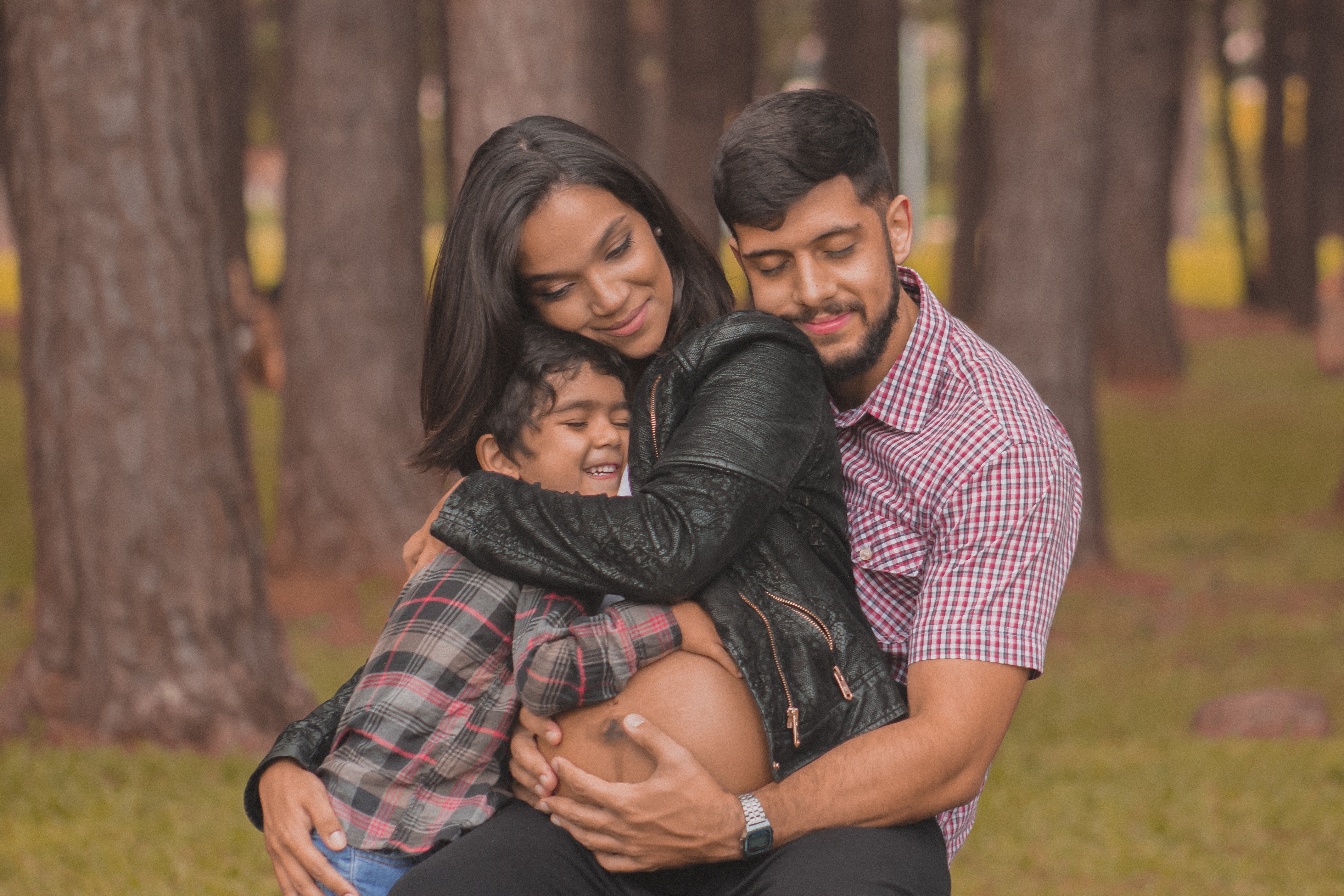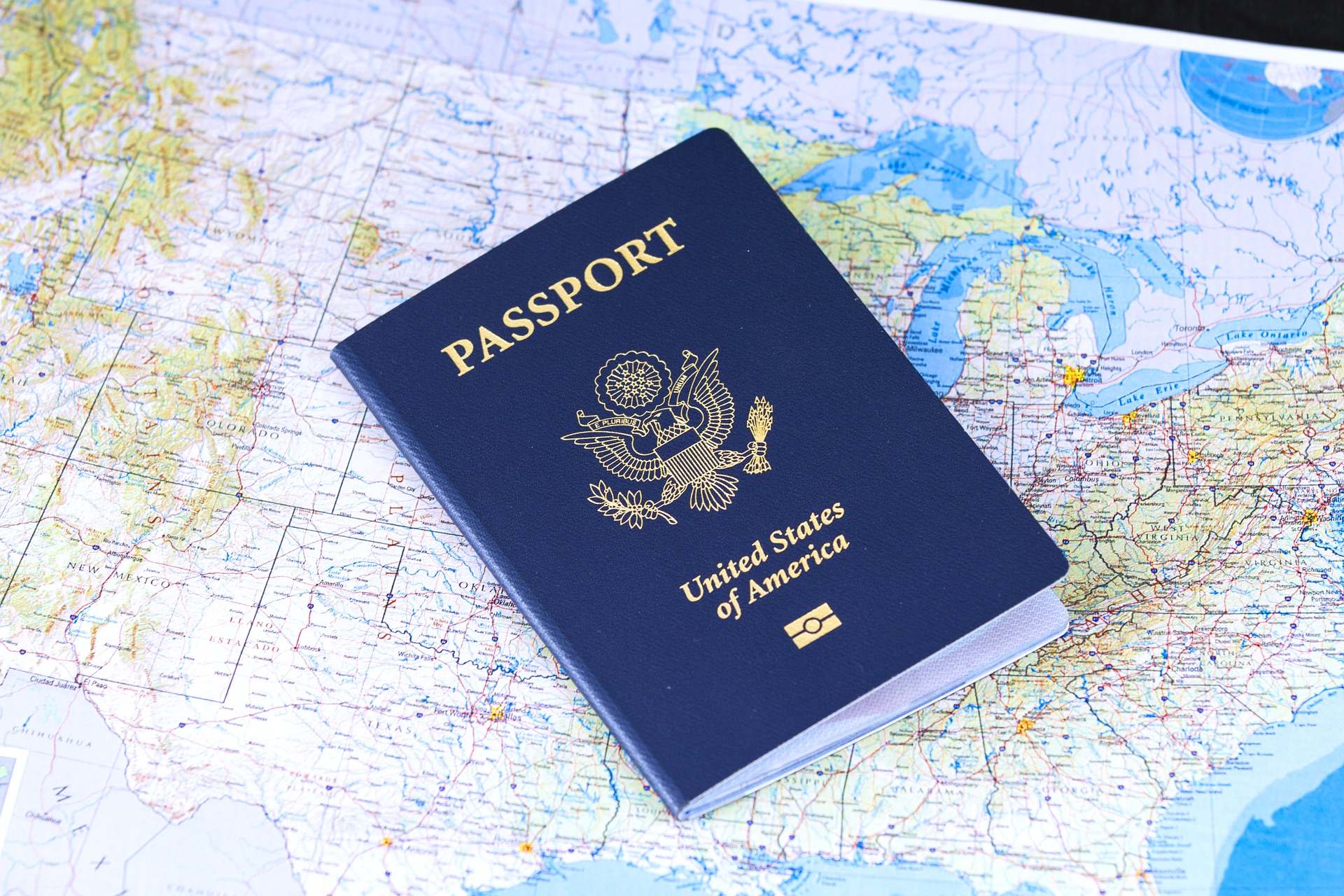Spouses and minor children of Green Card Holders can file for I-485 Adjustment of Status starting July 1, 2019
The US Department of State (DOS) has released its July 2019 Visa Bulletin announcing that the Family 2A category, spouses and unmarried minor children of lawful permanent residents, will become current for all countries of the world beginning July 1, 2019.
The DOS Visa Bulletin dictates how long immigrants must wait in the ever-growing line to permanent resident status, and for many this means years, even decades, of backlogs, delays, and prolonged family separation. The DOS Visa Bulletin provides updated priority dates for immigrants who are subject to the quota system, regulating who can apply for adjustment of status and consular immigrant visa applications.
With the release of the July 2019 Visa Bulletin and F2A current as of July 1, 2019, comes renewed hope for green card holders hoping to finally be reunited with their family members. This is a once in a lifetime opportunity for green card holders/permanent residents especially for those from countries subject to longer waiting times including China, India, Mexico and the Philippines.
What does this mean for green card holders? If your spouse and children (under 21 and unmarried) are in lawful status and have already filed an I-130, they should be ready to file their I-485, Application for Adjustment of Status, starting July 1. If your spouse and children (under 21 and unmarried) are in lawful status in the US and you have not already filed an I-130, the I-130 and I-485 should be filed concurrently starting July 1. If your spouse and children (under 21 and unmarried) are overseas and they have an approved I-130, they should be ready to submit all necessary documents to the National Visa Center so an immigrant visa interview can be scheduled.
Previously, wait times for F2A category averaged 2-3 years.
Why green card holders must act NOW. If you are an green card holder and would like to petition for your spouse and unmarried minor children, it is important to act quickly as the cutoff date for filing is July 31, 2019 as there is no guarantee that the F2A will continue to be current in August 2019.
 Visa Lawyer Blog
Visa Lawyer Blog












